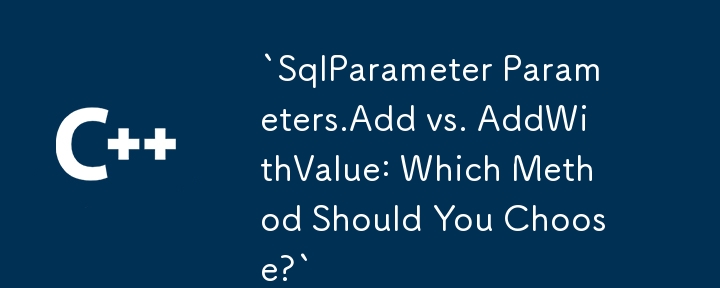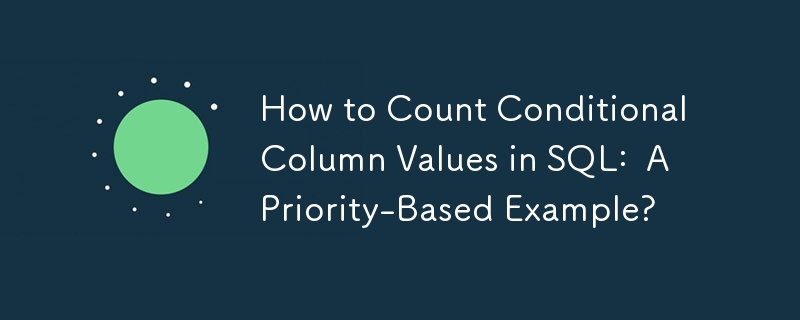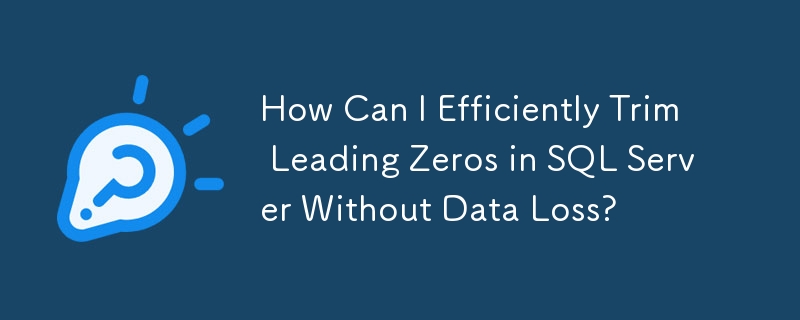Found a total of 10000 related content

Explain the purpose of?teleport?component in Vue 3. Provide a use case.
Article Introduction:The article discusses the teleport component in Vue 3, which renders parts of a component's template to a different DOM location. It's useful for modals and tooltips.The main argument is that teleport simplifies DOM management, improves performance,
2025-03-26
comment 0
392

vue free finished product resource entrance vue free finished product website navigation
Article Introduction:For Vue developers, a high-quality finished project or template is a powerful tool to quickly start new projects and learn best practices. This article has selected multiple top Vue free finished product resource portals and website navigation for you to help you find the front-end solutions you need efficiently, whether it is a back-end management system, UI component library, or templates for specific business scenarios, you can easily obtain them.
2025-07-23
comment 0
987

Explain the difference between React and Vue
Article Introduction:React is a library and Vue is a framework, which is the most fundamental difference between the two. As a view layer library, React needs to introduce third-party tools to implement routing (react-router) and state management (Redux, MobX), while Vue provides official supporting tools such as VueRouter and Pinia/Vuex as a progressive framework. React uses JSX to write structures in JavaScript, which are flexible but have high learning costs; Vue uses template syntax by default, and the structure and logic are separated, making it more intuitive and easy to learn. The React community has a huge ecosystem but complex choices and a steep learning curve; the Vue document is clear and the API is simple, suitable for rapid development of small and medium-sized projects. Both use virtual DOM, and the performance difference is not
2025-06-26
comment 0
923

Example of fetching data with Axios in a Vue component
Article Introduction:The steps to obtain data using Axios in Vue components are as follows: 1. Install Axios; 2. Introduce and use Axios to initiate GET requests in the component; 3. Use life cycle hooks to trigger requests; 4. Handle asynchronous operations and state management; 5. Display content based on status in the template. First, install Axios through npm or yarn, then import and configure the data request method in the script part of the component, call the request function using the created hook, use async/await to process the asynchronous process, and set loading and error status to improve the user experience. Finally, in the template, use v-if, v-else-if and v-else instructions to display according to different statuses.
2025-07-24
comment 0
318

How to use class binding in Vue?
Article Introduction:Using class binding in Vue allows you to dynamically control element class through objects, arrays, or hybrid methods. When using the :class directive, 1. Adding key value to the control class in the object form (such as {active:isActive}); 2. The array form can bind multiple class names (such as [baseClass,sizeClass]); 3. It can mix static classes, objects and ternary expressions (such as ['static-class',{active:isActive}, isSmall?'small-text':'']); 4. Complex logic is recommended to be encapsulated into computed attributes for unified management to improve template clarity and maintenance.
2025-07-10
comment 0
940

What are common Vue performance anti-patterns?
Article Introduction:Common Vue performance anti-patterns include: 1. unnecessary responsive data, 2. Frequent execution of functions in templates, 3. Abuse of v-if and v-show, 4. Component communication over-reliance on $emit and $root/$parent, 5. Ignore the correct use of key attributes; the corresponding optimization suggestions are: only set the really needed data as responsive and use Object.freeze(), replace template functions with computed attributes, use v-show to switch high-frequency v-if, use state management library to reduce coupling, and always use unique identifiers as key.
2025-07-29
comment 0
848

How to manage subscriptions in Vue components?
Article Introduction:The key to managing subscriptions in Vue components is to avoid memory leaks and duplicate triggers. Three key points need to be followed: 1. Use beforeUnmount or onBeforeUnmount to clean up the subscription; 2. Avoid creating new subscriptions directly in the template; 3. Encapsulate subscription logic with composable functions for reuse and unified management. By unsubscribing before component uninstallation, moving subscription logic out of templates and saving to responsive data, and encapsulating common logic, performance and maintenance can be effectively improved, ensuring "who creates and cleanses", thus preventing memory leaks and unexpected behaviors.
2025-07-30
comment 0
762

Vue and Element-UI cascaded drop-down box custom template
Article Introduction:Customizing the Vue and Element-UI cascading drop-down box template involves the following steps: Understand how the cascading selector works and Vue's slot mechanism. Use scoped-slot in el-cascader to define custom templates. Use node and data variables to get the current node information and the original data. Display data flexibly according to your needs, such as icons or different styles. Note that the data structure complies with Element-UI requirements and use scoped-slot correctly. In conjunction with the state management tool to handle asynchronous data loading. Use browser developer tools to locate issues.
2025-04-07
comment 0
616

What are some common pitfalls or anti-patterns to avoid when developing Vue applications?
Article Introduction:When developing Vue applications, common anti-patterns include: 1. When dealing with complex logic in the template, the logic should be moved to methods or computed; 2. Abuse of v-if and v-show, and the choice should be reasonably based on the switching frequency; 3. Direct indexing to modify the array or add object attributes to destroy the responsiveness, and the mutation method or $set should be used; 4. Over-necking causes cumbersome communication of components, and state management or provide/inject should be used; 5. Incorrect use of life cycle hooks, attention should be paid to responsibilities at each stage and side effects of cleaning up.
2025-06-19
comment 0
964

Techniques for code splitting in Vue?
Article Introduction:Code segmentation improves Vue application performance by splitting JavaScript files and loading them on demand. 1. Use asynchronous components to dynamically import components through import() to achieve on-demand loading, which is suitable for non-immediate use components such as pop-up windows and details pages; 2. Lazy loading of routes, configure routing-level code segmentation in VueRouter to ensure that the page only loads necessary resources; 3. Split according to functions or modules, separate background management, front-end display, public components, etc., and dynamically load large libraries; 4. Optimize output with construction tools, such as Webpack's splitChunks, Vite's rollupOptions and monitoring the packaging volume to optimize chunk division.
2025-07-16
comment 0
156


Dave The Diver: How To Catch Spider Crabs
Article Introduction:In Dave The Diver, there are some creatures that are not easy to catch. Or, catch alive that is. The spider crab is one of those very species, making it seem like the only way to bring these crustaceans back up to land is to viciously crack them up w
2025-01-10
comment 0
864

Prepare for Interview Like a Pro with Interview Questions CLI
Article Introduction:Prepare for Interview Like a Pro with Interview Questions CLI
What is the Interview Questions CLI?
The Interview Questions CLI is a command-line tool designed for JavaScript learners and developers who want to enhance their interview
2025-01-10
comment 0
1491

Soft Deletes in Databases: To Use or Not to Use?
Article Introduction:Soft Deletes: A Question of DesignThe topic of soft deletes, a mechanism that "flags" records as deleted instead of physically removing them, has...
2025-01-10
comment 0
1085



















